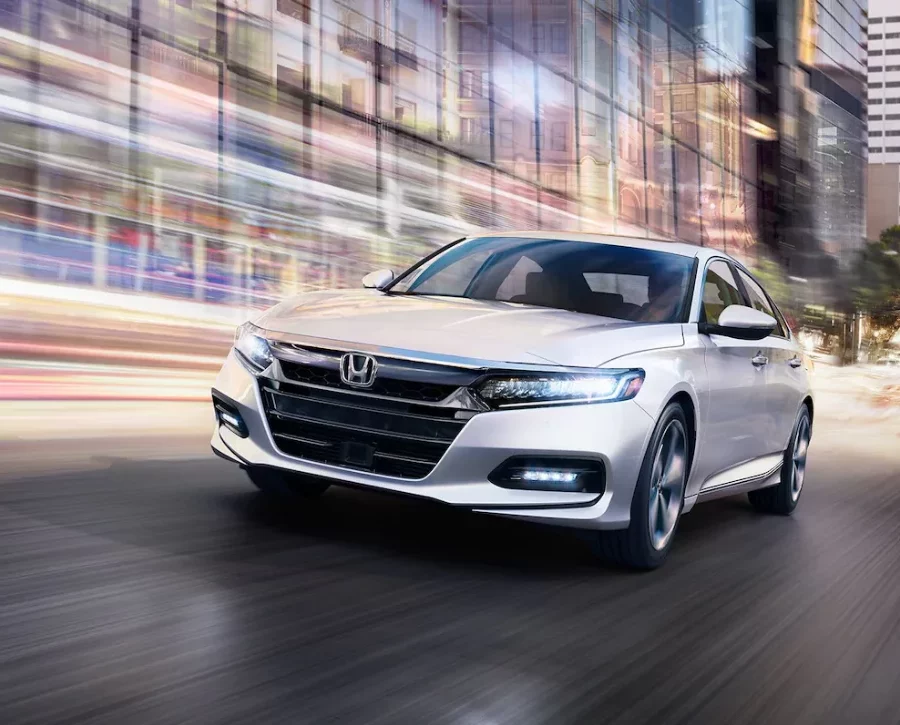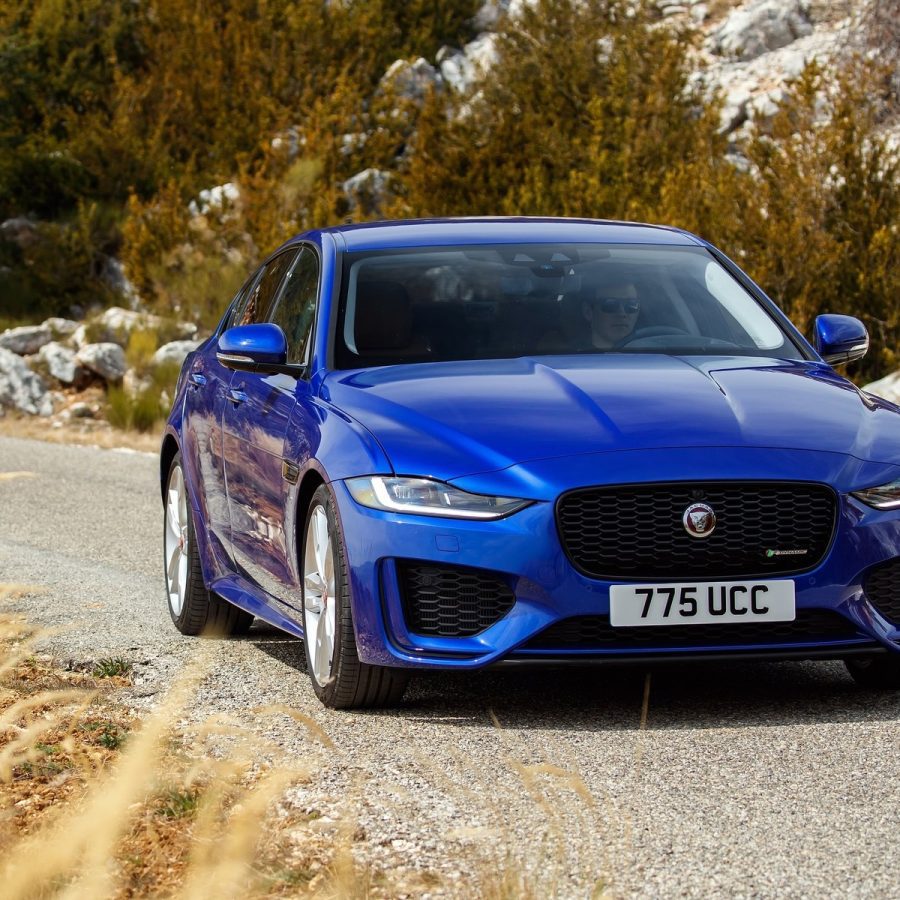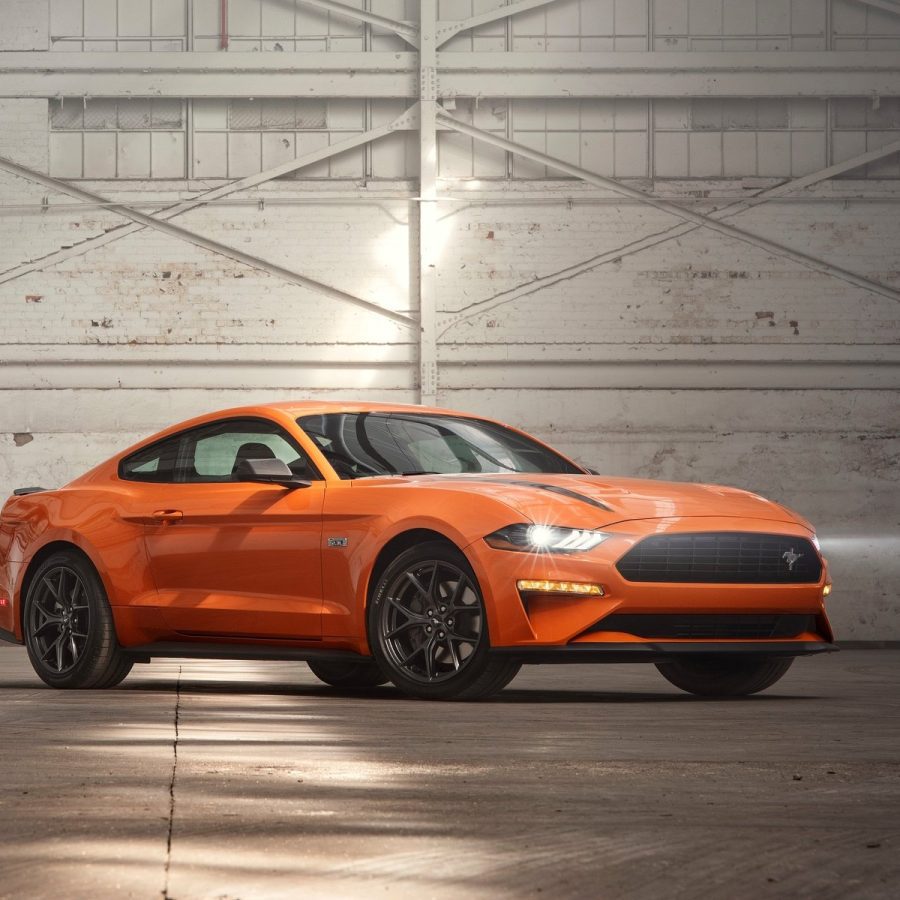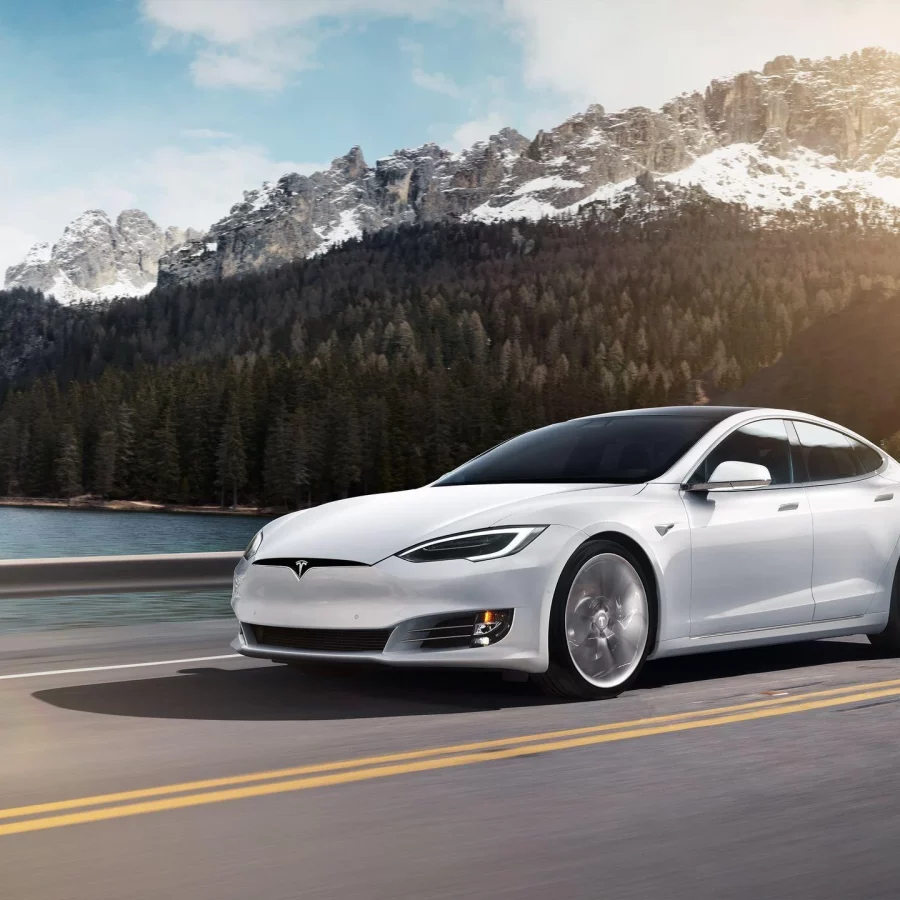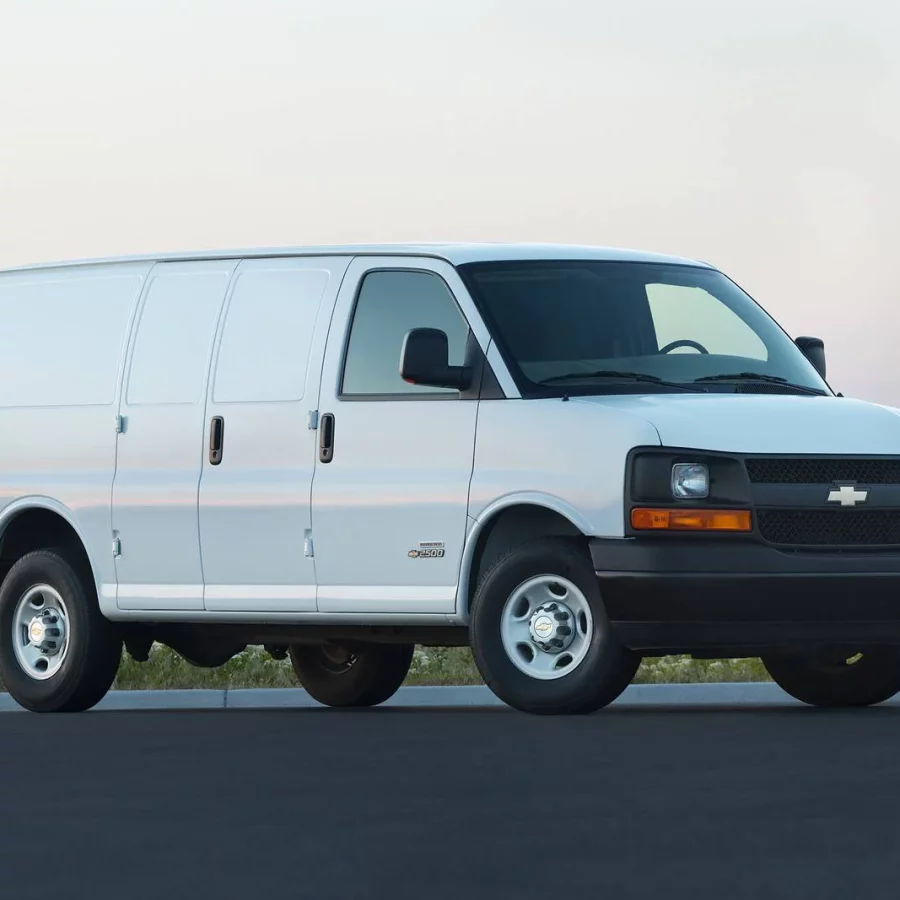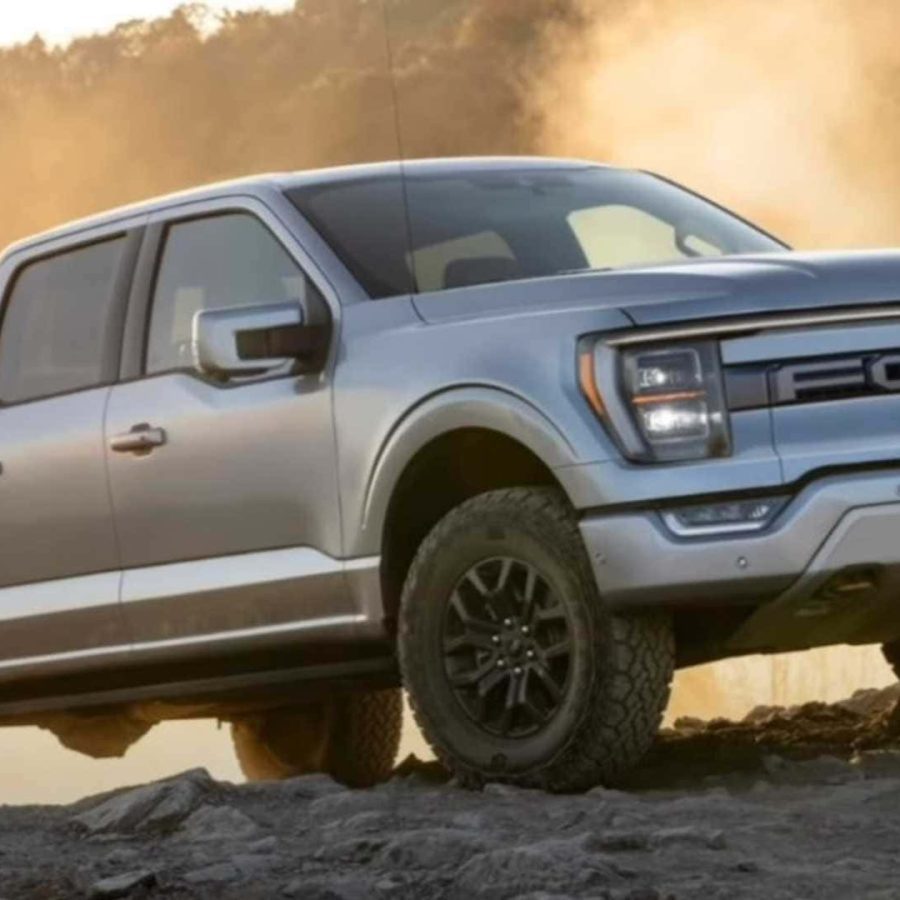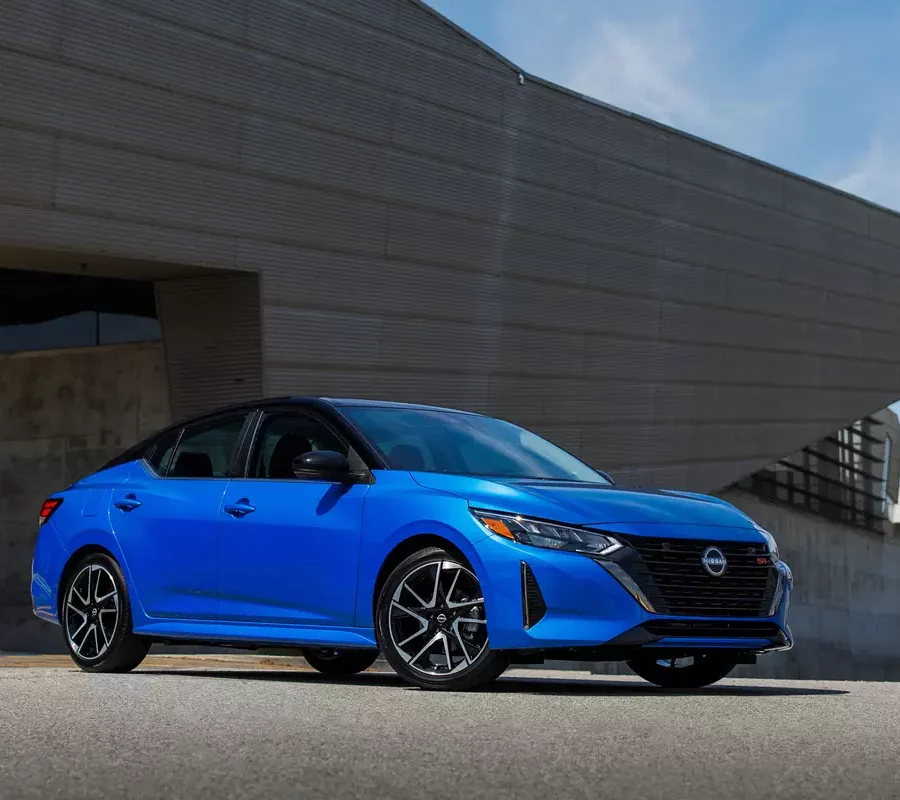2020 U.S Automotive Sales Research
The U.S. auto industry in 2020 experienced unprecedented challenges due to the global COVID-19 pandemic, which significantly affected production, demand, and sales. The pandemic severely disrupted the auto industry, with many factories shutting down temporarily, especially in the early months of 2020. This led to a supply crunch, while simultaneously, demand dropped as consumers stayed home and many faced economic hardships. U.S. auto sales saw a significant decline in 2020 due to the pandemic's effects. Sales dropped to roughly 14.5 million vehicles, a stark contrast from the previous years when sales hovered around 17 million units. With many consumers avoiding physical dealerships, automakers and dealers accelerated their push into digital sales. Online car shopping, virtual tours, and contactless deliveries gained traction. Despite the pandemic's challenges, the trend towards SUVs, crossovers, and trucks persisted. These larger vehicles continued to erode the market share of traditional sedans. Even in a challenging year, the momentum for electric vehicles (EVs) did not wane. Several automakers announced new EV models, and there was an increased focus on charging infrastructure and battery technology. The economic fallout from the pandemic meant that many consumers delayed or reconsidered vehicle purchases. Some automakers and suppliers sought financial assistance or took strategic actions to preserve cash. With a significant reduction in travel and tourism, the rental car industry faced steep challenges. This had cascading effects, from reduced fleet orders to bankruptcy filings by some major rental agencies.


